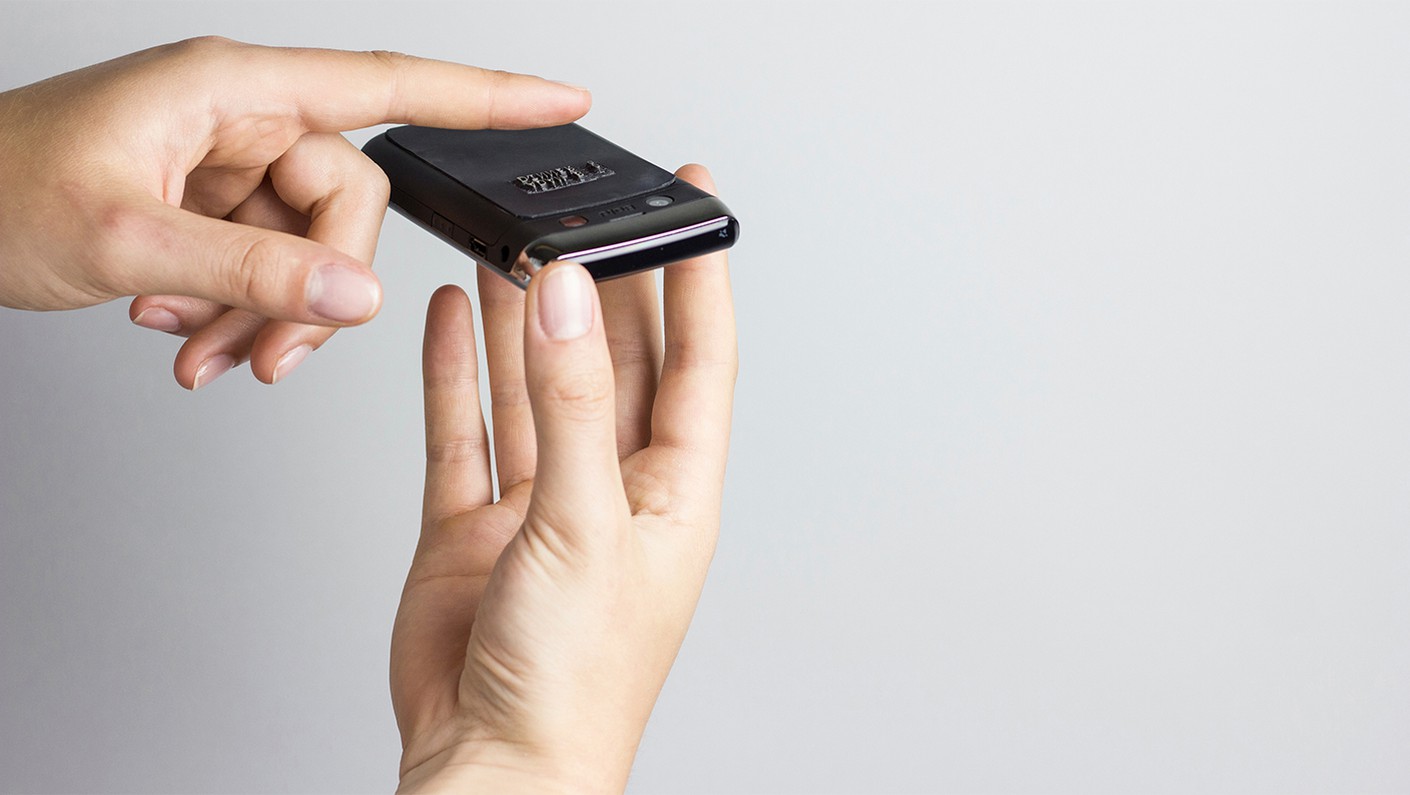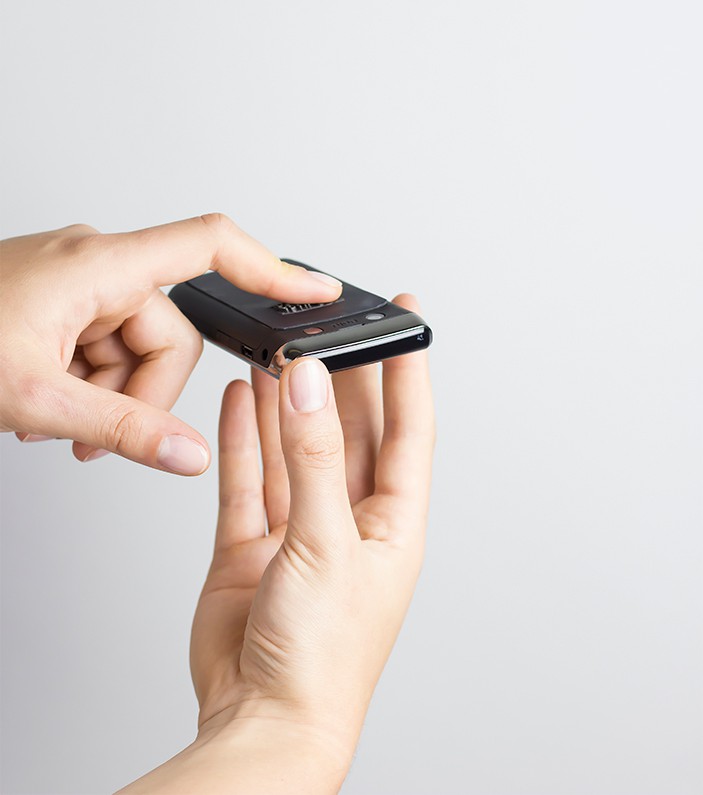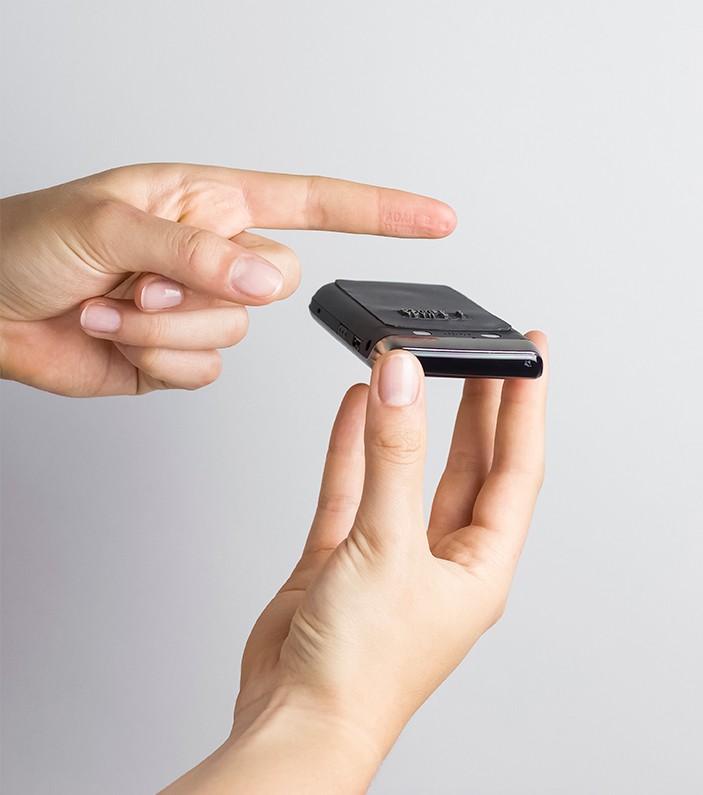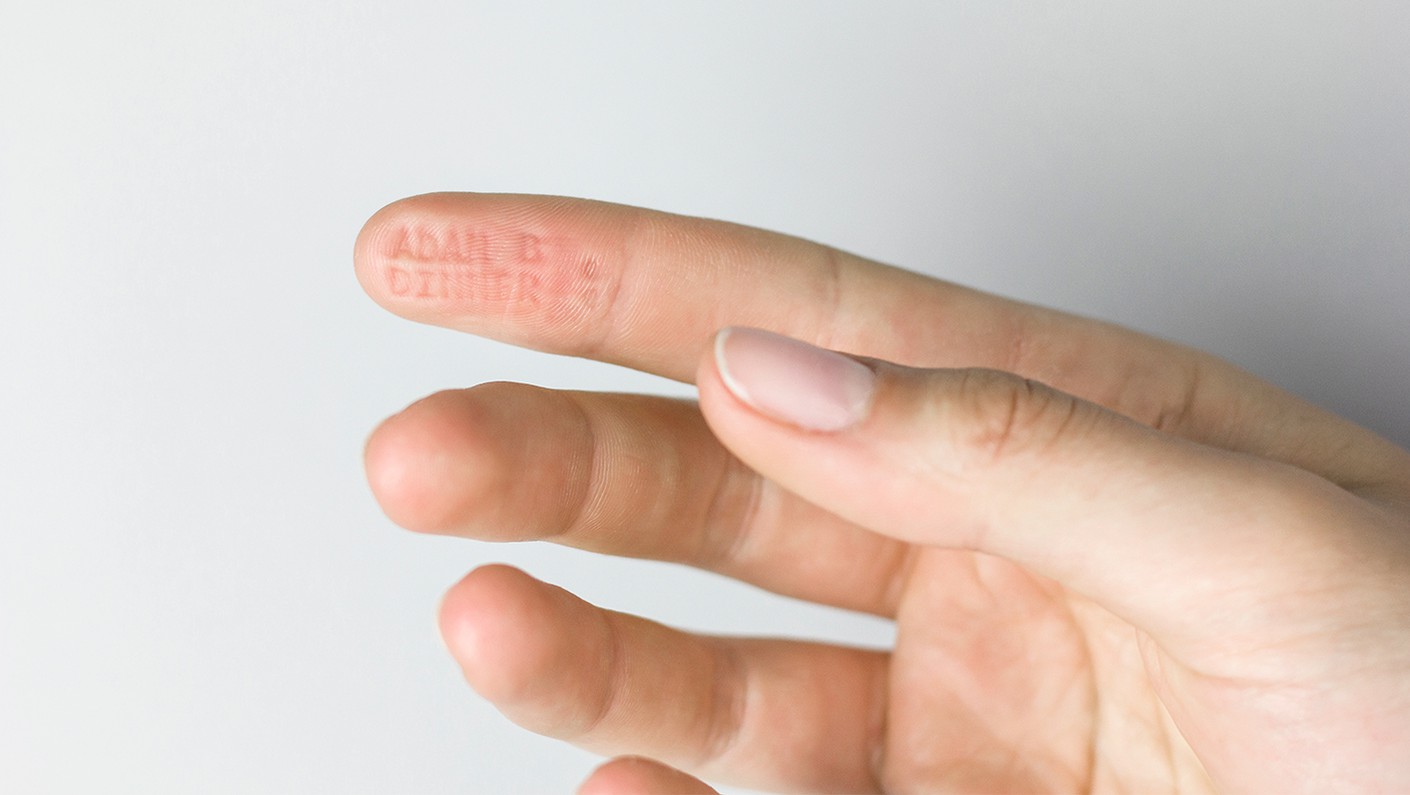Client
BlackBerry
Year
2010
Brief
Exploring ways of minimising digital interruptions
Solution
A messaging concept that diminished the interruption produced by notifications, allowing people to remain focused on the experience they were engaged in.
Download
Patents
keywords
Immersive Research, Humanising Tech, Engineering, Magic
SkinDisplay
Developed in partnership with the Helen Hamlyn Center for Inclusive Design at the RCA, this project was part of a larger investigation on how technology can be used to diminish digital distractions and addictions.
Our research started by observing how digital interruptions changed the dynamic of an experience. This involved shadowing dinner dates, spending a day with a teenager who was sending more than 100 texts a day and watching a maths teacher telling his students off for using their phones.
We noticed that people coped better with direct, physical interactions such as a waiter coming to take their order, rather than digital ones, such as receiving a text. This was mostly due to the human elements, the voice, the body language, that offered clues about the nature and urgency of the interruption.
Informed by these insights we applied the magic principle of making our technologies invisible to translate the digital experience of receiving a text into a physical one that involved embossing an impression of the message (imagine squeezing the name on your credit card) straight to the user’s finger.
This tactile messaging concept offered enough details about the interruption, the name of the sender, the subject and the time it was sent at, so that people could make an informed decision as to whether or not to take their phones out, while allowing them to remain engaged in their experience.
The Helen Hamlyn Centre is part of the Royal College of Art in London.
They encourage, inspire and share fantastic work with a focus on improving people's lives.














